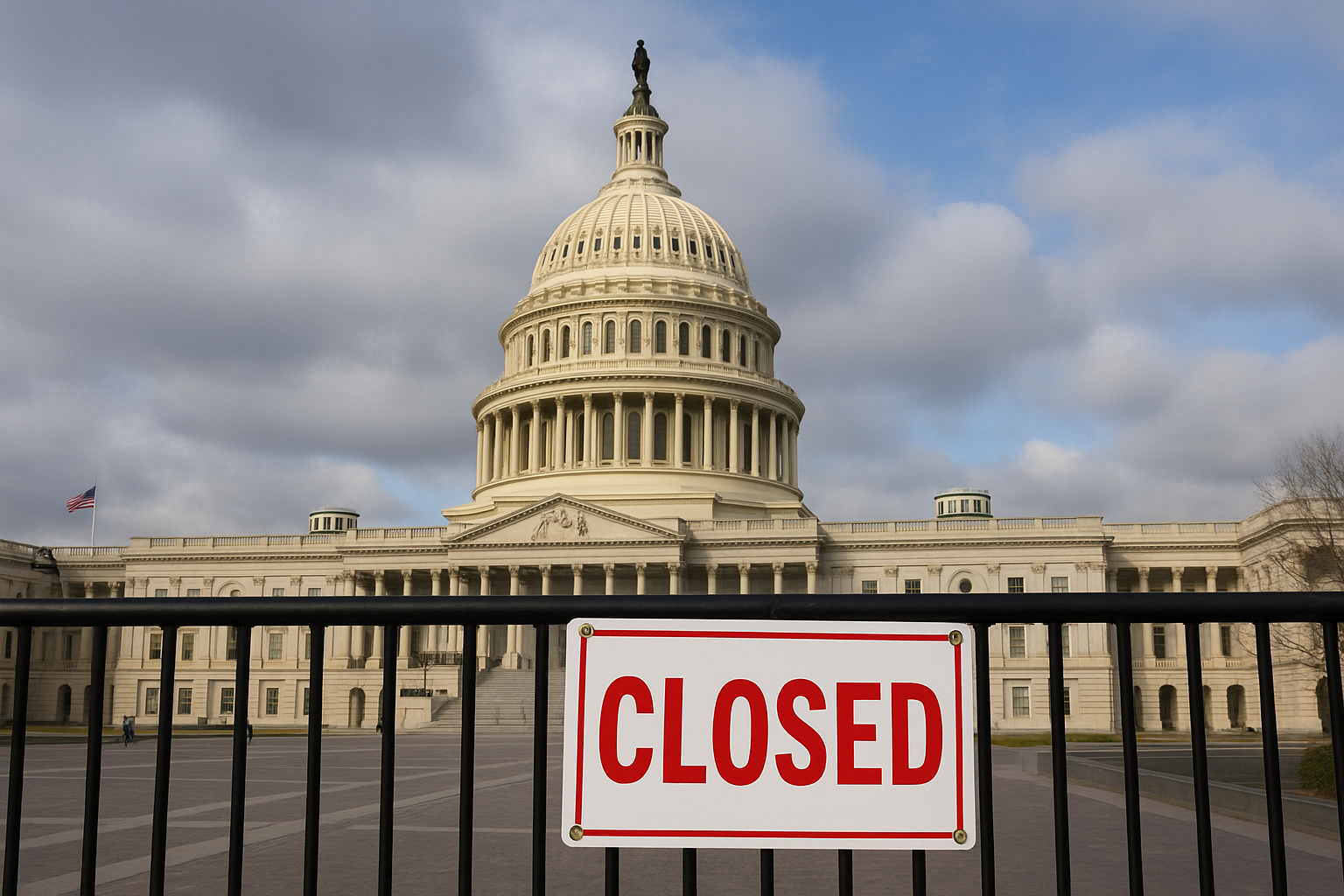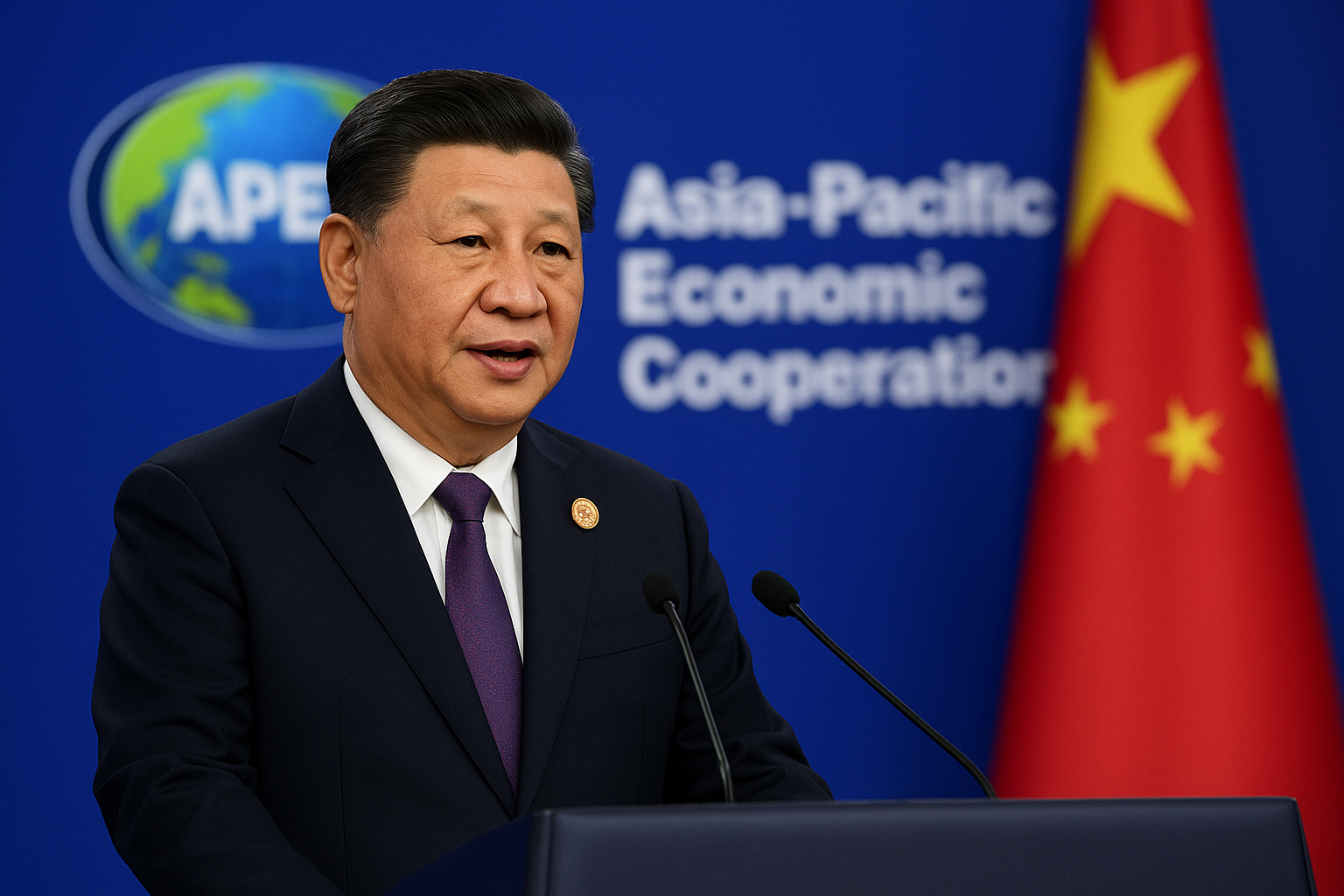The U.S. renewable energy sector has been a focus of investor optimism, even amid potential changes to policy frameworks. Despite concerns over the possible rollback of clean energy tax credits, analysts and experts continue to believe the industry will see sustained growth. The combination of increasing demand for electricity, technological innovations, and a market-driven shift towards cleaner energy sources positions the U.S. renewables sector for long-term success. Here’s why investors are keeping their eyes on this dynamic industry.
Why This Matters for Investors
The renewable energy market in the U.S. has been on a steady upward trajectory, driven by a combination of government incentives, market forces, and technological advancements. However, potential rollbacks in clean energy tax credits have left some investors uncertain about the future of the sector. That said, there are several key factors contributing to the bullish sentiment surrounding U.S. renewables.
First, there is a growing demand for electricity, which shows no signs of slowing down. With population growth and a shift toward electric vehicles (EVs), the need for renewable energy sources is only set to increase. According to the U.S. Energy Information Administration (EIA), total electricity consumption is projected to grow by 1% annually over the next decade. This bodes well for renewable energy sources like solar and wind, which are increasingly seen as essential to meeting rising demand without exacerbating environmental concerns.
Technological Advancements Driving Growth
While the policy landscape may shift, technological advancements are reinforcing the case for long-term investment in renewables. Wind, solar, and battery storage technologies have made tremendous strides in recent years, making them more cost-effective and efficient. For example, solar panel costs have dropped by more than 80% in the last decade, according to BloombergNEF. These advances in technology are reducing the cost of deploying renewable energy, making it more accessible to a broader range of consumers and businesses.
Battery storage is another key area of growth. With the ability to store energy generated by solar and wind farms, battery storage solutions are helping smooth out the intermittency of renewable power. This innovation will continue to drive the adoption of clean energy, as it mitigates one of the traditional drawbacks of renewable energy sources: their inability to generate power consistently.
The Policy Landscape: Risk or Opportunity?
Although there is uncertainty about the future of U.S. clean energy tax incentives, investors are focusing on the broader picture. The market fundamentals—such as the rising demand for clean energy, the declining cost of technologies, and the growing commitment to decarbonization—are expected to support the sector regardless of short-term policy fluctuations.
The Biden administration’s ambitious goals to reduce carbon emissions by 50-52% by 2030 and achieve net-zero emissions by 2050 still stand as key drivers for the renewable sector. Even if certain tax credits are scaled back, the overarching political will to transition to a clean energy economy is unlikely to dissipate.
Future Trends to Watch
Looking ahead, there are a few critical trends to monitor that could further shape the landscape for renewable energy in the U.S.:
- Electric Vehicle (EV) Adoption: As EVs become more mainstream, the demand for clean electricity will increase, further driving the need for renewable energy sources.
- Grid Modernization: The continued upgrade of the U.S. electrical grid to accommodate renewable energy will present both challenges and opportunities for investment. Companies involved in grid infrastructure and smart grid technology will benefit as the grid becomes more capable of handling decentralized power sources.
- Carbon Capture and Storage (CCS): Technologies focused on carbon capture, which allows for the removal of CO2 from power plant emissions, are gaining traction and could serve as an important part of the transition to cleaner energy.
- International Opportunities: The U.S. isn’t the only market focusing on renewable energy. As global initiatives to combat climate change accelerate, U.S. renewable companies may find opportunities to expand abroad, especially in emerging markets with increasing energy needs.
Key Investment Insight
For investors looking to capitalize on the growth of the U.S. renewable energy sector, the focus should be on companies with a strong balance sheet and significant exposure to cutting-edge technologies like wind, solar, and battery storage. Established players like NextEra Energy and First Solar, as well as up-and-coming battery storage providers, are expected to see substantial growth as demand for clean energy continues to rise.
Investors should also watch for government policy announcements and regulatory developments. While short-term tax credit changes may introduce volatility, long-term structural shifts favoring green energy remain in place.
A Strong Future for U.S. Renewables
The U.S. renewable energy market continues to be a promising area for investors despite ongoing policy uncertainties. Technological innovation, coupled with rising demand for clean energy, positions the sector for sustained growth. With the right investments in well-capitalized companies, investors can take advantage of the transition to a greener, more sustainable energy future. Stay informed with MoneyNews.Today for the latest updates on the market’s leading trends.





